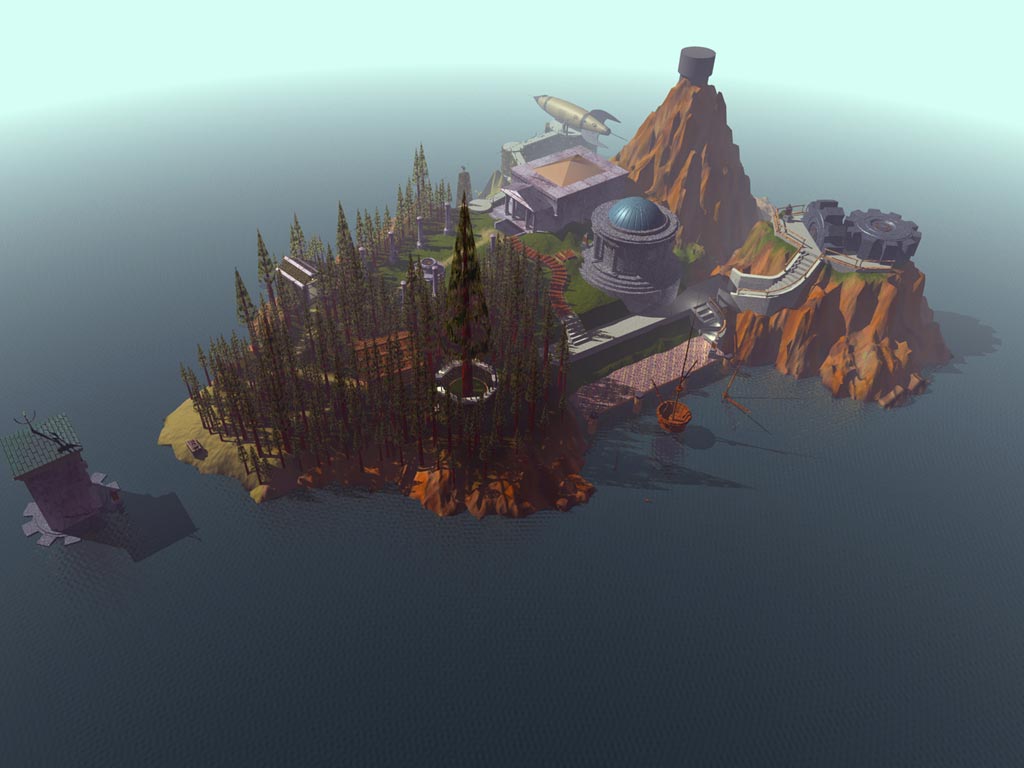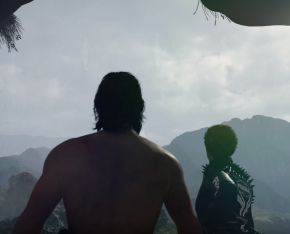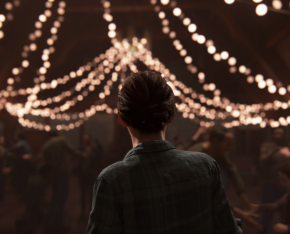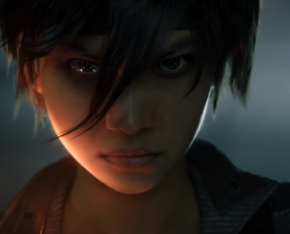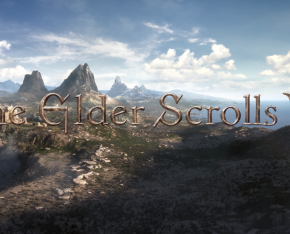By Anni Simpson on August 15, 2013 at 6:03am
I didn’t finish "Myst" last night like I wanted to, but I got significantly farther than I did when I originally played the game at seven years old. The original run took me a year with help from my mom. I’m proud to say I played this save all by myself this time.
“Myst” is a puzzle game originally released for PC and Mac by developer Cyan in 1993. The premise is that you are stuck on an island littered with clues, most of which come from the library situated in the middle of the map. Because the game predated most of the visual effects we take for granted today, you explore by clicking forward towards one of a finite number of points that move you forwards or backwards; you cannot move freely. The click-and-point interface is necessary for game play, because the game was designed around a series of still images that you can interact with.
The object of the game is to find out what happened to Atrus, who used to live and research on Myst Island, and his wife Catherine. By the time you arrive, both have disappeared, although you can “communicate” with Atrus through clues he’s left you and books he’s written about the four other Ages: Selentic, Stoneship, Mechanical, and Channelwood. To solve the mystery of his abduction, you have to travel to each of the Ages, assess additional clues, and bring back “red” and “blue” pages (separately, mind you) that you can add to the books you use to communicate with Atrus’ two sons, Sirrus and Achenar. It is possible that either one of the sons is responsible for the disappearance of their parents, but it’s impossible to tell who without pages from each of the four Ages. It's a bad idea to rely entirely on the accounts the brothers offer anyway. They both hate each other, and they're both insane.
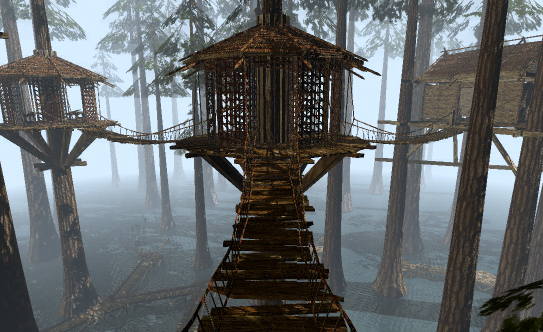
Parts of “Myst” are incredibly difficult, and even though I’ve “solved” this particular age before, I found myself combing the Internet for a walkthrough on how to return from the Selentic age. Others – Mechanical – had become easier with age. The discrepancy in difficulty is a little jarring, but it's hard to tell whether the developer could have designed it better or I just don't like it out of personal preference. Some Ages are so beautiful that even 10 years later, I found myself just walking around them, appreciating the design that went into developing such a gorgeous world without worrying about how to get back (yet). Channelwood was easily my favorite in this regard. The intrigue surrounding the Ages and what happened to the populations within them override any issues I had with inconsistencies in game play.
Although the method of exploration doesn’t hold up to current standards in gaming (for painfully obvious reasons), it still stands that the worlds Cyan imagined are still as stunning to me today as they were when I was little. The game is about so much more than the pictures that provide the back drop; the puzzles are interesting and imaginative, the storyline is engaging, and the ending was so unexpected that it threw me for a loop (but only the first time). “Myst” predated M. Night Shyamalan’s “epic” twists by a half decade.
Imagine “Portal” being lambasted 10 years down the road for its graphics. That’d be ludicrous for the same reason. Clever games hold up to time, and that’s exactly what I found with a replay of “Myst.”
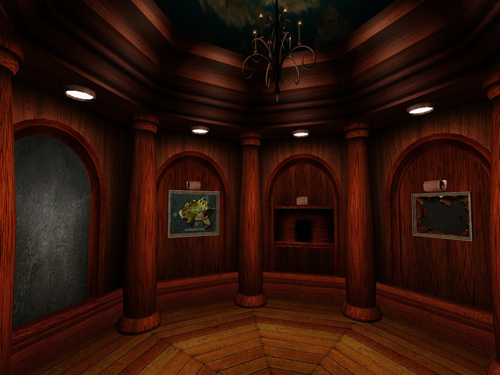
Even the overall mood of the story remains; it’s a little creepy to drag your feet around a pitch black ship that will blare alarms at you if you press the wrong button, knowing there’s no one to help you and there never will be. It’s also a little disheartening to step into worlds that were populated with people who were formidable, compassionate, and clever and not know what happened to them. Of course, there’s also the pressing desire to find out their histories, because you are the only one with the tools to do so. Remember, there are no other interactable characters in the game. Yes, you can “interact” with Sirrus and Achenar by bringing back pages from the Ages, but the messages they have for you are static. There are only so many things they’re going to say to you, because the messages themselves are recorded beforehand, and they are so biased against each other, it almost doesn't matter who they're talking to.
“Myst” was my first PC love, and for that, it will always have a special place in my heart.
However, it has absolutely no replay value short of a nostalgic desire to return to see the Ages. Once the objective of the game is figured out, you can fast track to the ending from a new save in less than five minutes. Even if you don't jump straight to the ending, it takes no time at all to unlock the Ages once you know how to do it.
The game is also so old now, you either need to purchase a mobile version (available on iOS for about $5) or run the PC version through a virtual machine. If you’re playing through the game for the first time, neither of these are good options. I found myself scribbling small notes on a pad of paper next to me, so I’d have information once I left an Age. Sitting in bed or in a chair with a phone or tablet isn’t conducive to the time investment this game can require, and of course, playing in a VM can cause all kinds of problems whether they're related to the game or not.
It’s still worth playing at least once. It’s beautiful, interesting, and different than many of the games I now play. Again, I’d compare it to “Portal” in that it turned what was primarily a puzzle game into a real story that legitimately invests you emotionally. Each of the three characters you never see are worth getting to know, and the worlds that Atrus discovered – now empty – deserve at least one onlooker to see what could have been.
